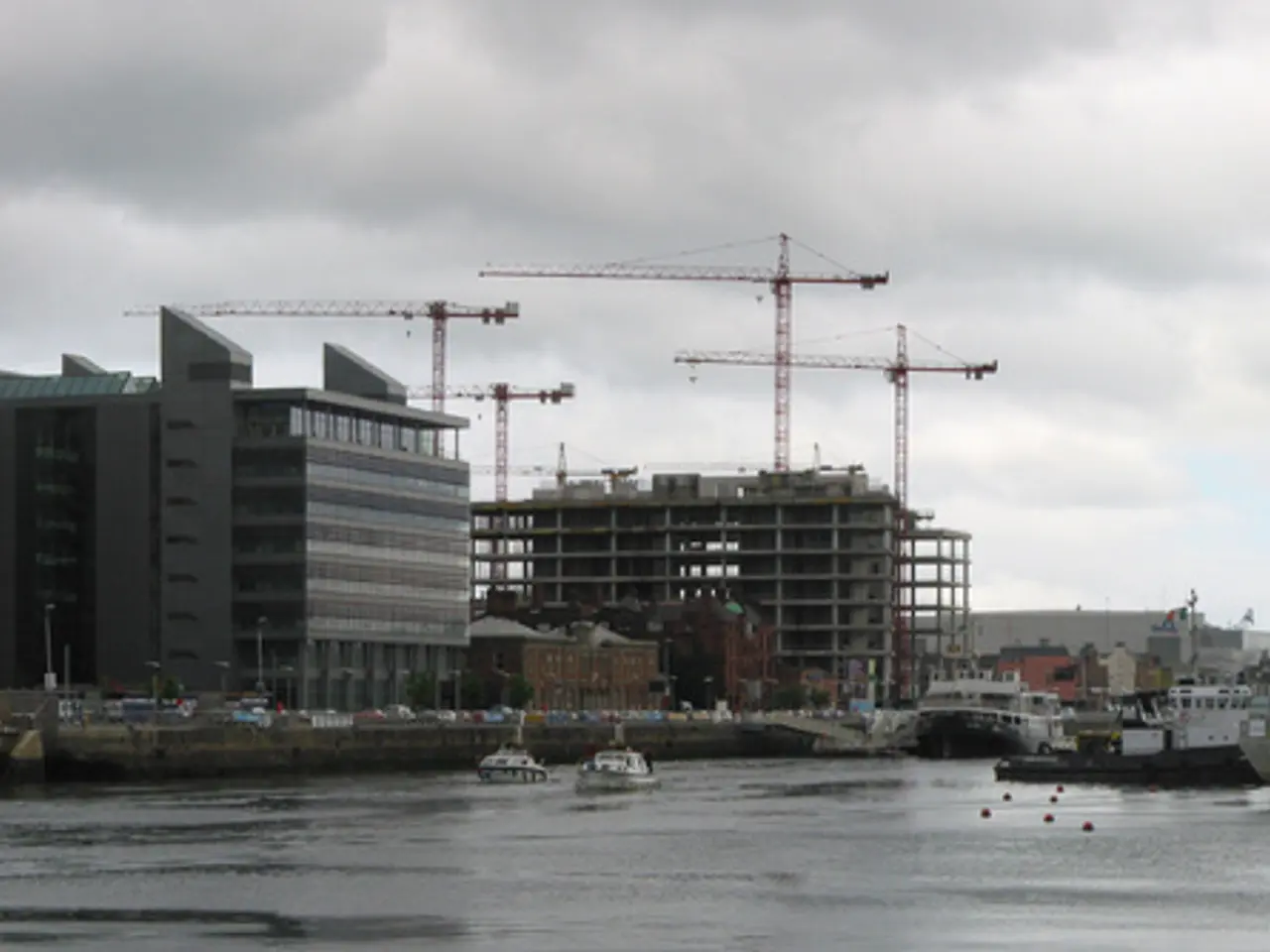European Metropolis Paris Experiences River Immersion: A Popular Trend in Urban Swimming
In a bid to reclaim urban waterways and promote recreation, several European cities are embracing the concept of urban swimming. This movement, which emphasizes water quality, accessibility, and integration with other urban activities, is gaining traction across the continent.
One of the pioneers in this initiative is Rotterdam, Netherlands, which has developed a new urban swimming area in the Rijnhaven harbour. The city hosted the inaugural Swimmable Cities Summit in June 2025, an event aimed at promoting and sharing knowledge about making cities swimmable again. Swiss cities like Zurich, Bern, and Basel, as well as Berlin, Germany, have also been at the forefront of this movement, with historic river baths that keep alive the tradition of urban swimming.
Paris, known for its iconic Seine river, will join the list in 2025, setting up three open-air pools for summer swimming, one near the Eiffel Tower. This move comes after a century-long ban on public swimming in the Seine. This high-profile example is part of a broader trend across European cities to adapt to climate challenges and promote urban water recreation.
However, not all European rivers are suitable for swimming. Amsterdam's central canals, for instance, are not recommended due to boat traffic, but the IJ is popular and year-round swimmable. In contrast, swimming in the Tiber in Rome is banned due to pollution and neglect, while in Lisbon, jumping into the Tagus River is prohibited due to poor water quality.
In Spain, swimming is banned in most rivers flowing through major cities due to high pollution, boat traffic, or dangerous currents. Hungary, too, has limitations on swimming in the Danube, an international waterway for freight and tourist ships, with dangerous rapids and whirlpools. However, organized swimming events regularly occur in Szentendre, a northern Budapest suburb, and the Hungarian amateur and professional open-water swimming championship will take place in Szentendre on July 12th.
Despite these challenges, many Europeans remain passionate about water sports like swimming, water polo, rowing, and sailing. In Hungary, for example, these activities can only be practiced to a limited extent in the Danube. Jumps from the Stari Most bridge in Mostar, Bosnia-Herzegovina, into the Neretva River are a tourist attraction, demonstrating the appeal of urban water recreation.
London, like many other cities, discourages swimming in the Thames due to pollution and tides. Nevertheless, this growing trend towards urban swimming in Europe shows no signs of slowing down, as cities continue to explore ways to make their waterways safe and enjoyable for all.
References: [1] The Guardian. (2021, June 25). Paris to open swimming pools in the Seine as part of green recovery plan. Retrieved from https://www.theguardian.com/cities/2021/jun/25/paris-to-open-swimming-pools-in-the-seine-as-part-of-green-recovery-plan
[2] The New York Times. (2021, June 25). Paris to Open Swimming Pools in the Seine. Retrieved from https://www.nytimes.com/2021/06/25/world/europe/paris-seine-swimming-pools.html
Embracing the sustainable lifestyle, several home-and-garden projects in European cities now incorporate urban swimming areas, such as the one in Rotterdam's Rijnhaven harbor. Paris, reviving the tradition of urban swimming, plans to establish open-air pools along the Seine river in 2025.




